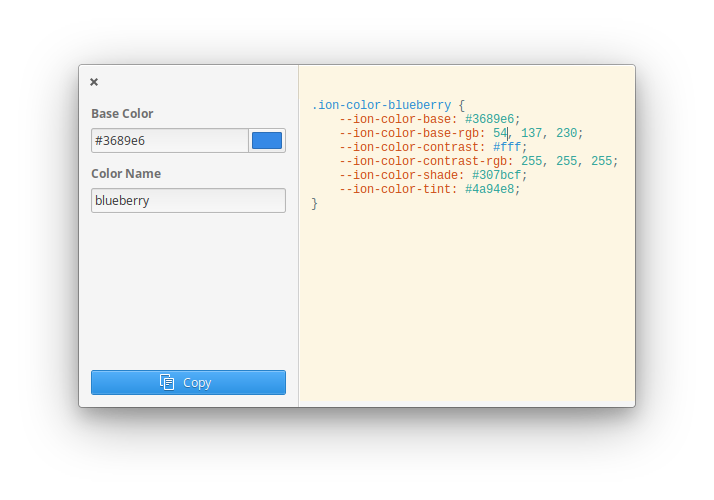

You can use the Ionic CLI to serve your app in the browser or on a device. Building an enterprise app? Ionic has Enterprise Support and Features: Explore the Ionic docs for components, tutorials, and more: Generate your app icon and splash screens using cordova-res -skip-config -copy Run ionic capacitor add to add a native iOS or Android project using Capacitor Run ionic serve within the app directory to see your app in the browser Check your terminal for a success message that looks similar to this: Your Ionic app is ready ! Follow these next steps: You should now have the basis of a new Ionic app. You should see something similar to this: The wizard will ask you a few questions to help you create your first Ionic app.

# Type y and press enter to run the wizard ? Use the app creation wizard? y Run the following command in your terminal: $ ionic start You'll be using the app creation wizard in this tutorial, as it's the easiest way to get started.

#Ionic app icon generator install#
To get started with Ionic, you'll need to install the Ionic CLI via npm.
#Ionic app icon generator how to#
As Web Components can be used anywhere, it makes Ionic easier to maintain across the numerous supported frameworks.įor more information on how to build your own Stencil components, check out the Stencil documentation. Ionic uses Stencil to create Web Components that can be used in any web framework or library. This is possible because of the way Ionic is developed. Although React is being used in this tutorial, Ionic is "tool agnostic" and can be used with any web framework or library. Ionic is my favourite framework for building mobile apps with web technologies.


 0 kommentar(er)
0 kommentar(er)
